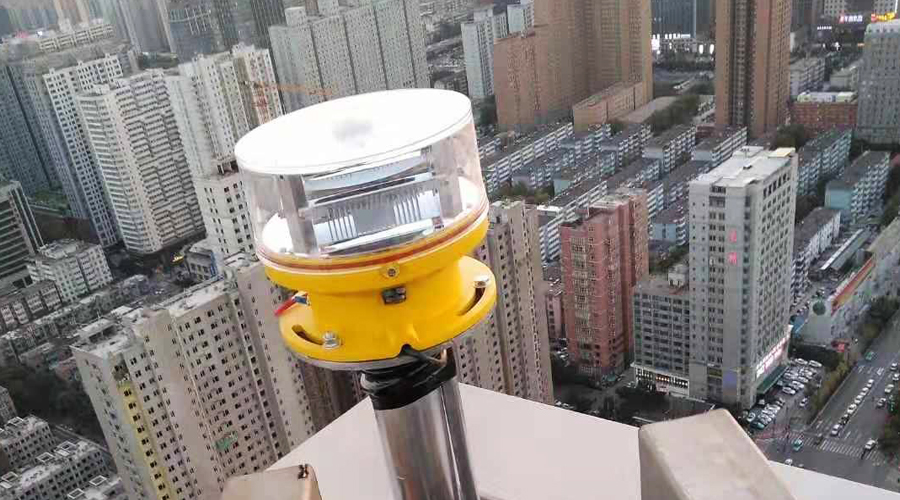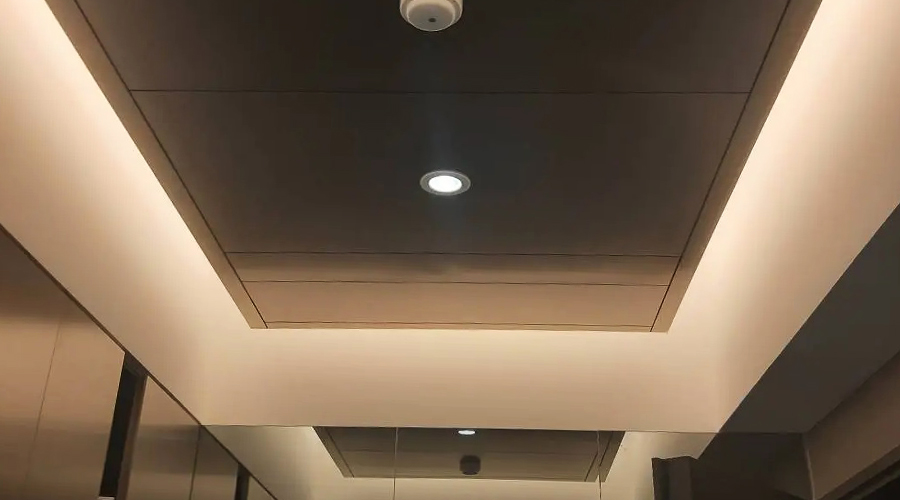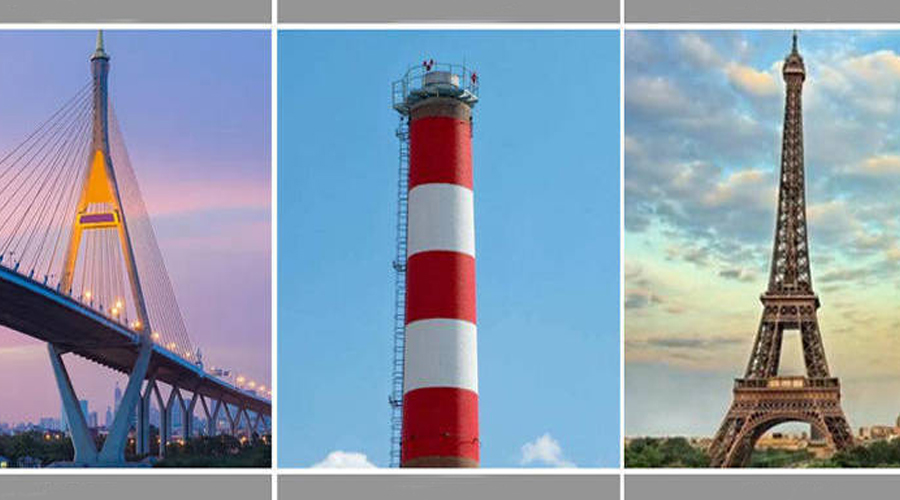
Aviation Lighting Requirements – Aviation Obstruction Lights
Aviation lighting requirements include many, article mainly describes the installation & technical specifications of aviation obstruction lights for obstacles.

High intensity obstacle lights the setting is mainly reflected in high light intensity, high installation height and brighter light source. They are different from ordinary aviation obstruction lights. Next, we will take you to learn more about high-intensity aviation lights.
a) When the height of the obstacle (whether it is an artificial obstacle or a natural obstacle) exceeds 150 meters, a high-intensity high-altitude obstruction light needs to be installed.
In addition, since there are many types of this light, it can be selectively installed according to the characteristics and type of the obstacle itself during installation.
b) Regardless of the type of high-intensity aviation obstruction light, the luminous angle is unidirectional and is a white flashing lamp. It is mainly used for layered flashing on engineering buildings above 150 meters.
When used on power towers, it is used to indicate the tower height and the upper and lower arc heights of the suspension cable, which plays an aviation safety warning role.
c) According to the corresponding civil aviation obstacle light design standards and specifications, any type of high-intensity aviation obstruction lights need to be all white flashing, and all Type A high-intensity lights set on the same object need to flash at the same time.
Type B high-intensity aviation lights that mark the presence of applicable towers (such as overhead wires or cables) should flash in sequence: a middle light, then a top light, then a bottom light.
The time intervals between flashes of each layer should generally also have a corresponding ratio.
High intensity obstacle lights are mainly used in the following application scenarios:
In these application scenarios, high-intensity aviation obstruction lights effectively warn aircraft and ships through their high brightness and adjustable beam angle to avoid collision accidents.

Aviation lighting requirements include many, article mainly describes the installation & technical specifications of aviation obstruction lights for obstacles.

High intensity obstacle lights the setting is mainly reflected in high light intensity, high installation height and brighter light source.

LED downlights are used on yachts, that is, marine spotlights, also called ceiling lights, for interior lighting of ships and

High intensity obstruction lighting systems is kind of aircraft lights, are used to mark high-altitude obstacles above 150 meters, such
Aircraft beacon light requirements are the standard setting for aviation obstacle warning lights. Obstacles need to be warned about safely.
Copyright © 2024 Shaanxi Yuefeng Feiyao Technology Co., Ltd. | Powered by YFFY Lights